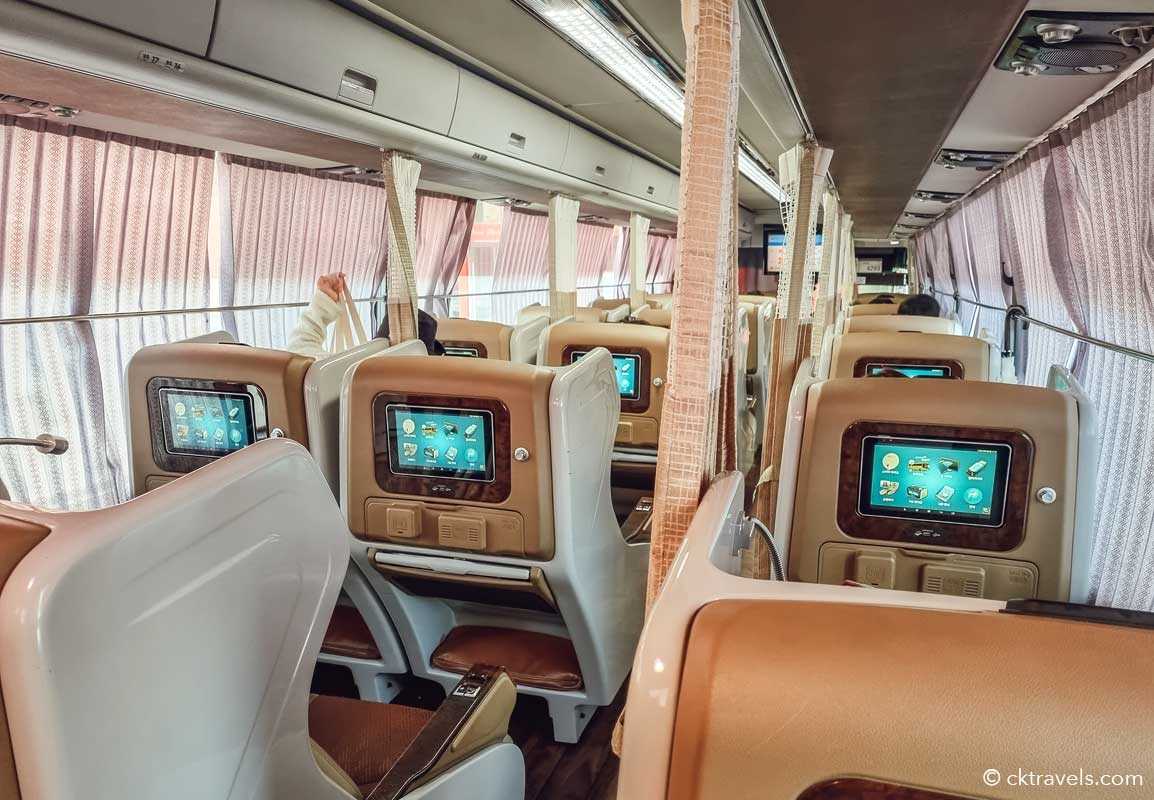Navigating Seoul’s Bus System
Seoul, the bustling capital of South Korea, is renowned for its efficient public transportation system. Among the various modes of transport, buses play a crucial role in connecting different parts of the city. Understanding Seoul’s bus routes, particularly the express and regular services, can significantly enhance your travel experience, making it both cost-effective and time-efficient.
Understanding the Bus Types
Seoul’s bus system is categorized into different types, each serving a specific purpose. The primary types are the express (red) buses and the regular (blue, green, and yellow) buses.
- Express Buses (Red): These buses are designed for longer distances, often connecting Seoul with its surrounding suburbs and satellite cities. They make fewer stops compared to regular buses, which means they are faster and more direct. If you’re commuting from a suburb into the city or vice versa, the express bus is your best bet. They are slightly more expensive than regular buses but offer a quicker journey.
- Regular Buses (Blue, Green, Yellow): These buses operate within the city and are ideal for shorter distances. Blue buses are the main lines that connect different districts within Seoul. Green buses serve as feeder buses, connecting residential areas to subway stations and major bus terminals. Yellow buses circulate within specific districts, making them perfect for short trips within a neighborhood.
How to Use the Bus System
Using Seoul’s bus system is straightforward once you understand the basics. Here’s a step-by-step guide to help you navigate:
- Plan Your Route: Use apps like KakaoMap or Naver Map, which provide real-time bus schedules and route information. Enter your starting point and destination to get the best bus options.
- Payment Methods: You can pay for your bus fare using a T-money card, which is a rechargeable smart card accepted on all public transport in Seoul. Simply tap the card on the reader when you board and alight the bus. Cash is also accepted, but having a T-money card is more convenient and offers a slight discount.
- Boarding the Bus: Buses in Seoul have designated stops. Look for the bus number and destination on the electronic display at the bus stop. When the bus arrives, check the number and destination displayed on the front of the bus to ensure it’s the correct one. Enter through the front door and exit through the rear.
- Inside the Bus: Once on board, find a seat or hold onto the handrails. Keep an eye on the electronic display or listen for announcements to know when your stop is approaching. Press the stop button in advance to alert the driver that you wish to alight.
Tips for a Smooth Bus Experience
To make your bus journey in Seoul as smooth as possible, consider these practical tips:
- Avoid Peak Hours: Buses can get crowded during rush hours (7-9 AM and 6-8 PM). If possible, travel outside these times for a more comfortable ride.
- Stay Informed: Bus routes and schedules can change, so it’s a good idea to check for updates regularly, especially if you’re a frequent traveler.
- Be Prepared for Language Barriers: While many bus stops and buses have English signage, not all do. Having a translation app handy can be useful if you need assistance.
- Respect Local Etiquette: Offer your seat to the elderly, pregnant women, or those with disabilities. Keep noise to a minimum and be mindful of your belongings.
Seoul’s bus system is an integral part of the city’s public transport network, offering a reliable and affordable way to explore the city and its surroundings. By understanding the different types of buses and how to use them effectively, you can navigate Seoul with ease and confidence.
